Those going to Ukraine have little in common with jihadis ideologically, but the presence of right-wing extremists should give governments pause when they consider whether to encourage their nationals to go and fight, writes Daniel L. Byman. This piece was originally published by Lawfare.
The outpouring of support for beleaguered Ukraine is astounding: governments around the world are joining sanctions and shunning Russia. European governments, including many that previously favored neutrality or otherwise tread carefully with regard to Russia, are joining the opposition to Moscow, and many are sending military aid. Some individuals, however, are doing more and are heeding President Volodymyr Zelenskyy’s call to join the fighting: “Anyone who wants to join the defense of Ukraine, Europe and the world can come and fight side by side with the Ukrainians against the Russian war criminals.” Ukraine’s foreign minister tweeted a call for an “international legion” to fight against Russia.
Dozens of Americans, Canadians, and other foreigners are already trying to take up arms, and the U.K. foreign secretary, Liz Truss, signaled her support for British nationals who would do so. Such individual efforts are understandable, and the motives are at times even heroic — but they are also often a mistake, and foreign governments should not encourage such private warfare.
How many volunteers will go to Ukraine is unknown, but the mass recruitment of foreign fighters is hardly new, as David Malet and others have chronicled. The most recent mass wave involved jihadis, who went to fight in Afghanistan, Iraq and particularly Syria, among other countries. Indeed, even before the latest round, the Ukraine conflict, which has waxed and waned since 2014, attracted foreign fighters: some to help Russia and its promise of anti-LGBTQ, anti-left wing, muscular nationalism; others to help defend Ukraine from foreign aggression. These volunteers included an array of white supremacist and other right-wing extremists.
The war today differs from jihadi conflicts and even the more limited recent civil conflict in Ukraine, but these and other experiences offer some lessons to consider about any future role for foreign fighters.
The military record of foreign fighters is mixed. In many cases, they are zealous but untrained and do not come well-armed. They are eager for combat and (in the case of jihadis) martyrdom, but overall add little to the combat power of their fellow fighters, especially in cases, like Afghanistan in the 1980s and Ukraine today, where there is plenty of manpower. Most end up as cannon fodder. In some instances, however, the fighters themselves come with skills — one report indicates that American and British special operations forces veterans are preparing to deploy to Ukraine — and this cohort can be far more useful. And in many other instances, foreign fighters become skilled through a brutal Darwinian process once they arrive to fight. The foreign fighters are often more useful in an insurgency, which Ukraine may become. For guerrilla conflicts, the foreigners’ dedication is vital, and their more limited firepower is less of a disadvantage.
Yet foreigners bring with them many problems in addition to the limited skill of many volunteers. Language difficulties are one issue. Few will speak Ukrainian, and if they are put in a separate unit they may speak dozens of languages or otherwise have difficulty communicating with one another.
For outside powers, their nationals are now part of the war. Even if their home governments disavow the fighters, countries like Russia are likely to see this as part of a secret (or not-so-secret) way to support Moscow’s enemies: indeed, Russia has good reason to be suspicious, as it has done the same thing with its “volunteers” in the past. In addition, some citizens may be captured, seek rescue, or otherwise create complications for their home countries.
Nor are the foreigners necessarily good for the very people they seek to defend. One study found that when foreign fighters deploy, violence against civilians goes up. Far-right militias are already declaring they plan to exploit the war. Often the foreigners are more zealous and, because they lack friends and family in the community in contrast to host country nationals, they can commit atrocities without fears of reprisals against their loved ones.
For Ukraine, establishing firm command and control of any foreign fighters is necessary — something the government did after the 2014 influx but which will be harder as Russian attacks made centralized control over forces more difficult. The , was better able to capitalize on Afghans, Pakistanis, and Lebanese Hezbollah members who joined its side in that country’s civil war, making them an important part of the regime’s war effort by ensuring they served under Iranian and Syrian control. If foreign fighters go off on their own, they may fight bravely, but it may backfire in the long-term.
Terrorism is one of the biggest risks related to foreign fighters. Terrorism scholar Thomas Hegghammer found that the foreign fighter flow to Afghanistan to oppose the Soviets seeded subsequent jihads in Muslim-majority countries such as Algeria and Somalia, with Afghan veterans playing critical roles. Most of the fighters who did return to their home countries were not involved in terrorism, but those who were proved more competent and deadly. In addition, the conflict zone may lead idealistic foreigners to become indoctrinated with more radical ideologies: they go to oppose one foe, but in the war zone they mix with other radicals and come away more radical and more networked.
Those going to Ukraine have little in common with jihadis ideologically, but the presence of right-wing extremists should give governments pause when they consider whether to encourage their nationals to go and fight. Having such extremists, who already pose a grave threat, become more lethal and networked is one danger. They may also infect others with their beliefs, bringing them home on return and, because of their combat experience, they may be particularly admired within their communities.
In general, private war is a bad idea even in cases like Ukraine, when there is a clear victim state and villain state. If governments believe Ukraine needs more support, they should provide it, not put the onus on individual citizens, especially when such fighters can make things worse for the country in question and pose long-term dangers. At the very least, it is vital for home governments to track those fighters who come and go from Ukraine. It is best for governments to encourage those motivated to help to dedicate themselves to fundraising, medical care and other vital but non-violent activity, ideally helping refugees and other vulnerable populations outside the war zones.
The Brookings Institution is committed to quality, independence, and impact.
We are supported by a diverse array of funders. In line with our values and policies, each Brookings publication represents the sole views of its author(s).
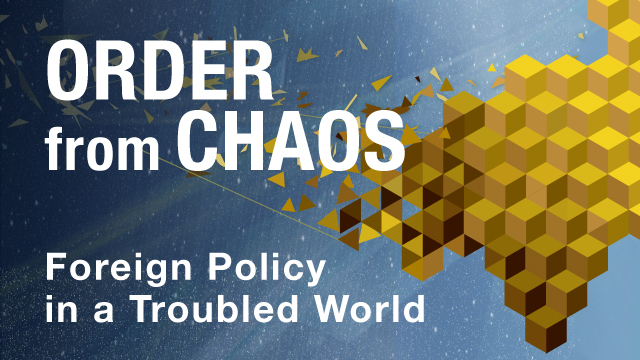
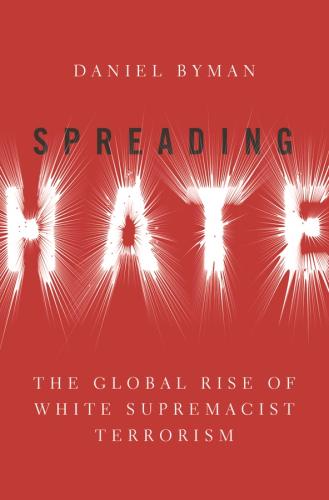

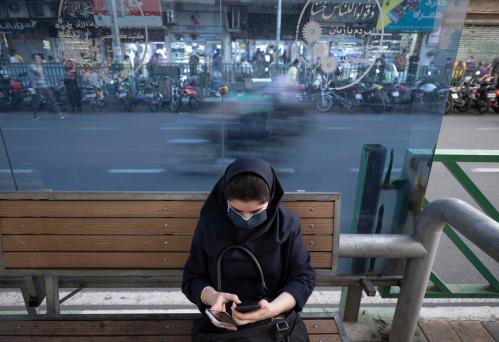



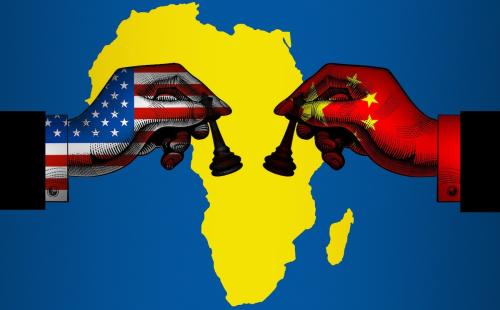
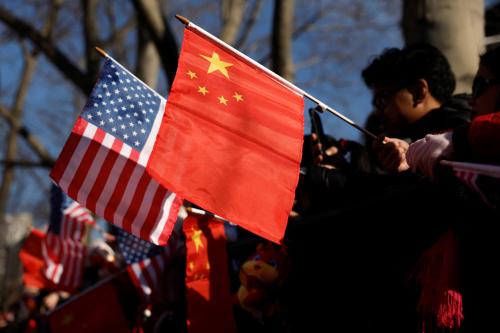
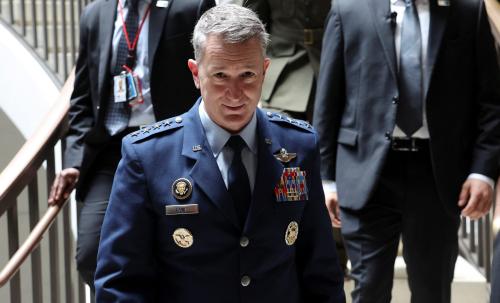
Commentary
Foreign fighters in Ukraine? Evaluating the benefits and risks
March 3, 2022